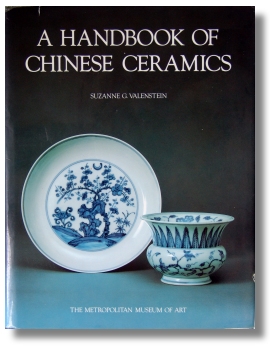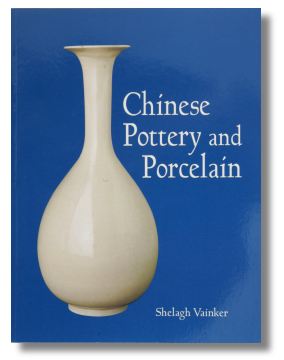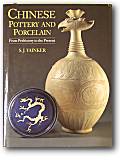Chinese Porcelain (in general)
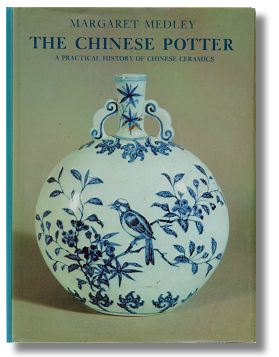 The Chinese Potter
The Chinese Potter
The Chinese Potter, by Margaret Medley, London, 1976. The publisher tells “Most studies of Chinese art deal with types, period or styles, but this historical examination of Chinese ceramics, which uses recent research, explains how the evolution of pottery depended upon the technological developments of the Chinese culture. The book’s practical approach makes full use of archaeological reports to show how differing geographical areas, materials and developing technology all shaped the evolution of Chinese ceramics.” Now, this is today a somewhat outdated book but the author is a good writer and with her excellent grasp of the subject, this book will not be too old to read for a very long time to come.
The work provides a very useful overview of Chinese ceramics, the technology, formation and development, varieties and forms.
China has the longest and most highly developed ceramic tradition in the world, encompassing early Neolithic earthenwares, the finely glazed stoneware pieces of the Song period – widely regarded as among the greatest ceramics ever produced – and the years of Imperial patronage and export ware for the new markets of the West. Margaret Medley’s groundbreaking study was the first to bring a practical approach to the study of Chinese pottery. She makes full use of archaeological reports to show how differing geographical areas, materials and developing technology all shaped the evolution of Chinese ceramics. Her revolutionary insights, along with an astute critical judgment in the field of art history itself, combine to form a classic but approachable account which has profoundly influenced the way in which Chinese pottery is studied.
1st ed. published in 1976
2nd ed. Oxford, U. K.: Phaidon, 1980.
3rd Revised edition issued in 1989, ISBN: 071482593X
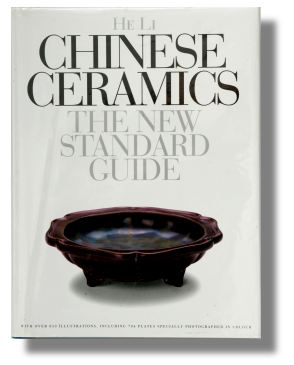 Chinese Ceramics: The New Standard Guide
Chinese Ceramics: The New Standard Guide
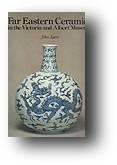
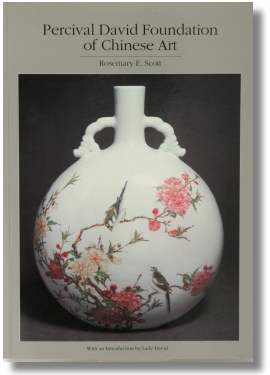
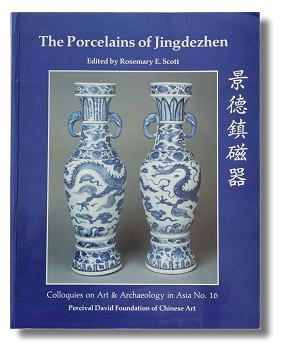 The Porcelains of Jingdezhen: Held on June 15-17 1992 in Celebration of the 100th Anniversary of the Birth of Sir Percival David and the 40th Annive (Colloquies on Art & Archaeology in Asia)
The Porcelains of Jingdezhen: Held on June 15-17 1992 in Celebration of the 100th Anniversary of the Birth of Sir Percival David and the 40th Annive (Colloquies on Art & Archaeology in Asia) Transactions (OCS, London)
Transactions (OCS, London)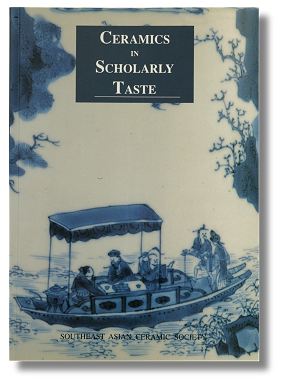 Best book on small items for the Scholarl’s Table, centered around late Qing
Best book on small items for the Scholarl’s Table, centered around late Qing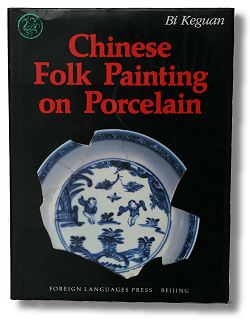 Chinese Folk Painting on Porcelain
Chinese Folk Painting on Porcelain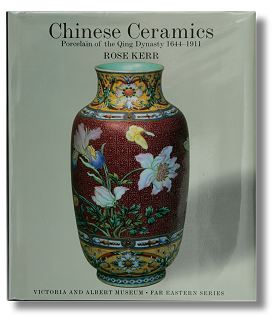
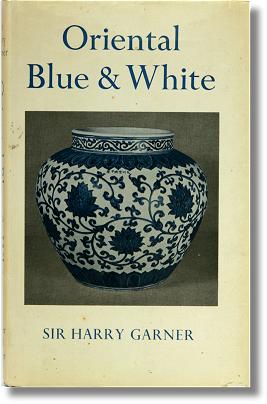 Oriental Blue and White, Sir Harry Garner
Oriental Blue and White, Sir Harry Garner
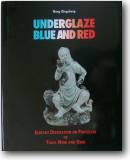
 The Chinese Potter
The Chinese Potter